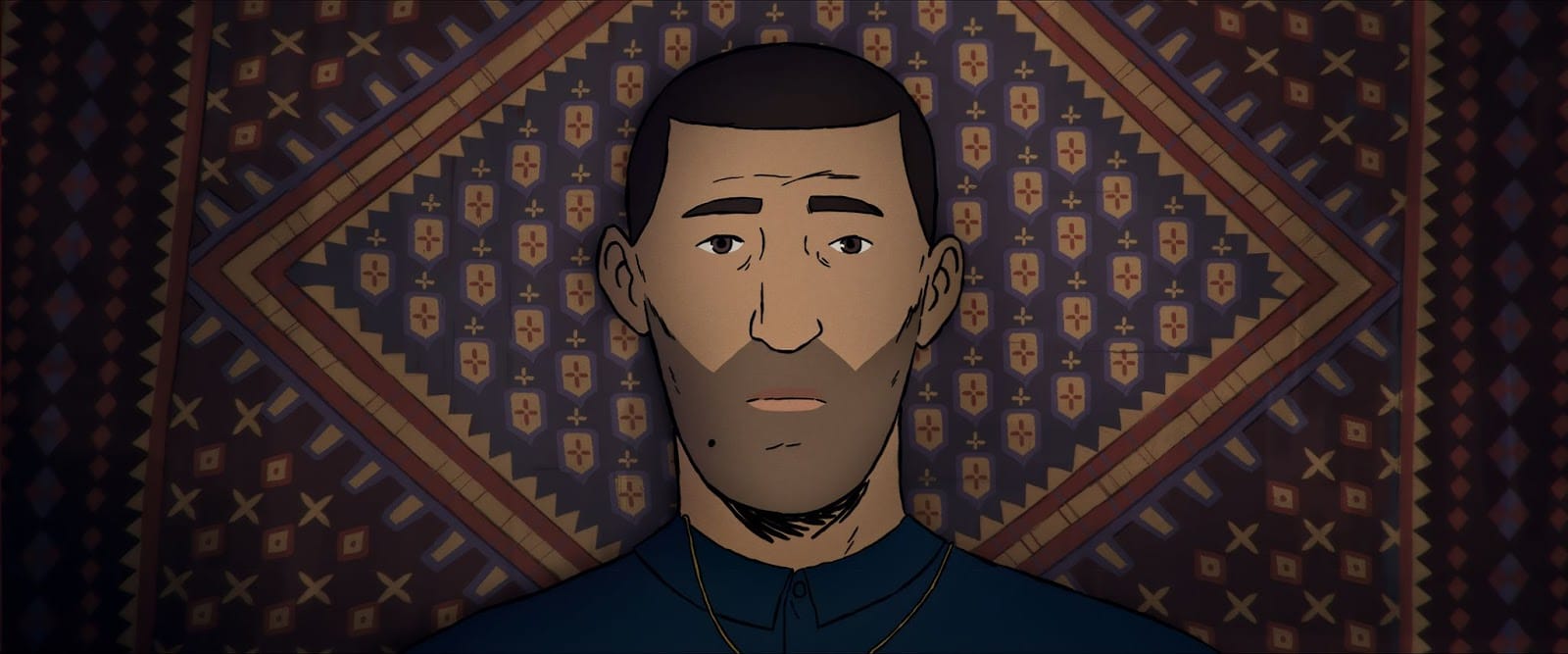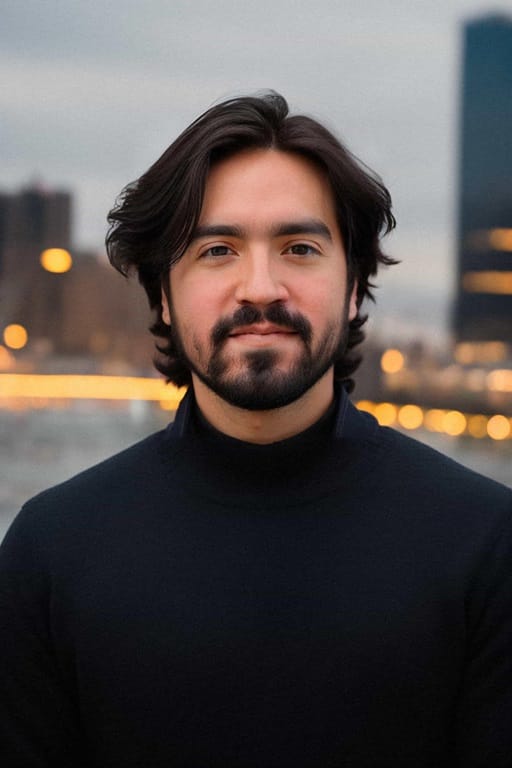Flee: Behind the Scenes of an Oscar “Triple Threat”
Every once in a while a film comes along that shakes up its respective medium. Flee ties together traditional documentary filmmaking with fantastic animation to become one of those films.

Rarely do films come along that break the mold of tradition - however, in 2022 the film “Flee” became the first to receive a nomination in the categories of “Best Animated Film,” “Best Documentary,” and “Best International Film,” a feat accomplished by no other Oscar submission to date. Flee enraptured audiences through its unique narrative approach in combining traditional documentary filmmaking with striking visuals, leaving little room for questions as to why it received such acclaim.
With the Oscars just around the corner, we wanted to hear the story of how such a unique film came to be. Glimmer creator Mauricio González-Aranda recounts his experience working on the film.

“I was very proud to be working on part of the team,” Mauricio discusses. “I worked on the film for a total of five years as an assistant editor, an assistant producer, post-production editor, some voice acting (very random), and yes, I did shoot some of the live-action shots in the film. However, I was no Roger Deakins spearheading the visual department. The traditional role of cinematographer fell on the shoulders of our lead animators, Kenneth Ladekjær and Jess Nicholls. These are the real leaders here, and they deserve credit.”
Flee tells the story of Amin Nawabi, an Afghan refugee now living in Denmark who recounts his harrowing escape from his homeland during the Soviet-Afghan War in the 1980s. It shines a powerful light not only on Amin’s personal life but those of the refugee population as a whole, introducing the subject matter in a way that’s both empathetic and thought-provoking.
“I was truly blessed to land at such a great company when I moved to Copenhagen. When you surround yourself with people driven by a need to tell a story, you feel alive, and it encourages you to find your own story to tell. I would recommend trying to replicate that in your own community, wherever that hub of people might be. It's what I'm trying to do again now that I've moved to New York.”
Mauricio had the opportunity to work at Final Cut for Real, a production company associated with the film, from 2016-2020. We asked him to comment on his experience making this Oscar-nominated film: “When I arrived, Flee was in its development stage. Jonas (the director) had already shot the interview that ends up being the backbone of the film, but he was still unsure of how to tell the story. Animation had only just been floated as a possible idea. The reason behind it was because they wanted to protect the identity of Amin (this isn't his real name). Amin and the team were worried that if he revealed on camera that he had been granted asylum in Denmark under a cover story, his citizenship would be revoked. Years later, and after many talks with lawyers, Monica Hellstrøm, Jonas Poher, and several lawyers concluded that Amin was not in any danger of losing his citizenship. However, by then, they had fallen in love with the idea of an animated film for other reasons too.”
“For example, animation allowed them to not only retell the story of Amin's forced displacement from Afghanistan to Russia and eventually Denmark, but it also allowed them to explore the delicate nature of memory. There are scenes that play with fuzzy visuals as Amin struggles to remember or make sense of what he felt. In the end, this felt like a better way to tell the story, while still maintaining the authenticity that documentary filmmaking aims to have: the scenes in present day are all either visually recorded and then turned into animation, or a sound recording that is then animated. I was given the title of live-action cinematographer because I was responsible for filming some of these present-day scenes. They were fairly simple shots, such as the final shot in the film where we see Amin and his boyfriend disappear into the garden. Once they exit the frame, we cross fade back into the live-action shot, as a reminder to the audience that this is a real story and these are real people.”
This blend of styles is a testament to the film’s artistry as a documentary, with candid narration, live-action scenes, and stunning animation creating a seamless merging of fact and emotion. Once Mauricio began to dive deeper into his role and how the film was made, the outcome just made sense.
“As I was part of the production for 5 years, I worked on a variety of other roles (At one point I even did some voice-acting! The man in the Mexican soap-opera is yours truly). I also spent a lot of time assisting in the editing room. Most of the time this involved more technical tasks (video transcoding, setting up timelines, arranging jpg sequences from the animators). But there were times, of course, where I was privileged enough to work with either Jonas or Janus Billeskov Jansen (a legendary editor).”
“One time sticks out in my mind. Jonas came into the editing suite with a whole bunch of notes. He and Janus had decided that something wasn't working in the scene where Amin and the refugees are being smuggled by Russian traffickers through a snowy forest. In the scene, Amin remembers that an old lady is too slow to keep up. The Russian smugglers grow frustrated and threaten to kill her if she doesn't pick up the pace. Jonas felt that the dramatic tension wasn't rising quite right when the gun was shown. In the end, we decided to simply flash the gun earlier in the scene to pressurize the tension. The old show-then-tell, I suppose.”
It was a lesson for me in how these old storytelling commandments are there for a reason. And that attention to detail by Jonas was admirable to me. When you come in every day and you devote your entire energy to improving a tiny detail in your film, it's no surprise that the final product ends up being, dare I say it, picture-perfect. And if the film's success at Sundance, Cannes, or the Oscars is to be trusted, clearly that smooth storytelling resonated across all audiences.”
And it clearly had. While the movie may not have won the Oscar it was still the first film in Oscar history to make such an impressive showing across multiple categories. You can watch the trailer for Flee (as well as the rest of Mauricio's incredible work) on his Glimmer Profile.
